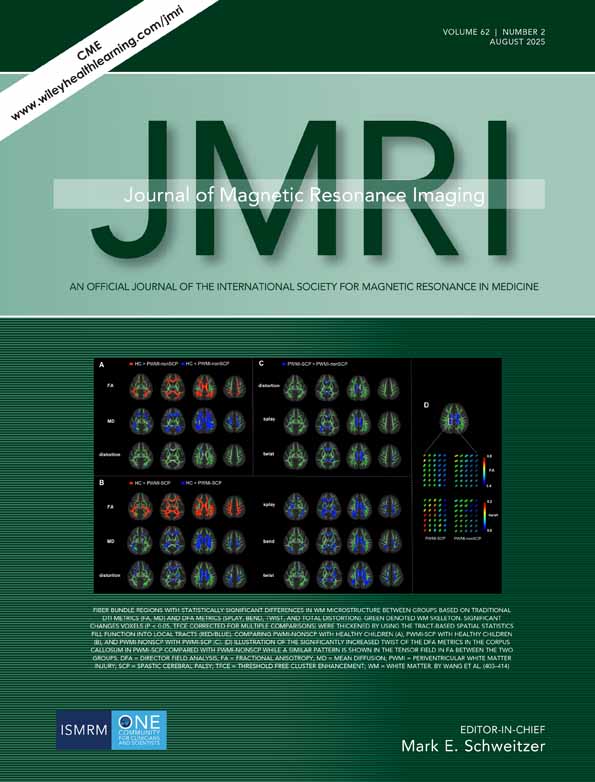Abstract
The impact of chemotherapy on longitudinal vascular changes taking place during the growth of an animal tumor, R3230 AC adenocarcinoma, was investigated. Two contrast agents of different molecular weights, gadolinium-diethylene-triamine-pentaacetic acid (Gd-DTPA; <1 kD) and gadomer-17 (35 kD), were used in the dynamic imaging studies. Enhancement kinetics were analyzed by a pharmacokinetic model to derive parameters related to vascular volume and permeability on a pixel-by-pixel basis. Responders and non-responders were separated according to tumor size 10 days after the therapy. Changes in the vascular volume measured by gadomer-17 at 4 days after therapy revealed a clear distinction between the controls and the responders/non-responders. Mean vascular volume decreased by 42% in responders but was not significantly changed in the controls. The one non-responder had increased vascular volume after chemotherapy. Enhancement kinetics of gadomer-17 detected the changes earlier and with greater sensitivity than Gd-DTPA. In the control group, vascular permeability determined by gadomer-17 correlated with the longitudinal growth rates of tumors, suggesting that vascular permeability assessed by gadomer-17 could potentially serve as an indicator of aggressive tumor growth. J. Magn. Reson. Imaging 1999;9:128–137 © 1999 Wiley-Liss, Inc.




